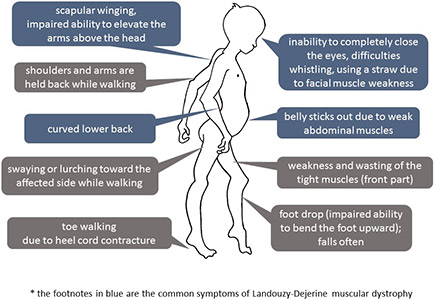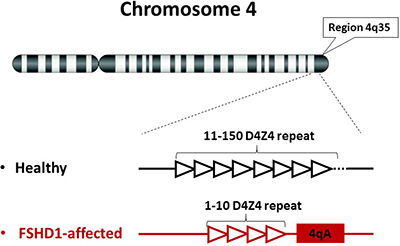The Registry is a database that collects clinically relevant information about patients and their relatives.
What is a national registry for?
- The registry created according to foreign standards is a necessary basis for the possible inclusion of patients in clinical trials in the future.
- It is necessary to monitor the disease progression by regularly filling out questionnaires. This monitoring allows to identify new symptoms and to carry out timely necessary treatment measure;
- For the information exchange between patients, medical staff and researchers. Such teamwork helps participants learn from each other, identify leading symptoms, develop a team approach to managing patients with FSHD;
- For promoting researches on FSHD: understanding the mechanisms of the onset and progression of the disease, the search for therapeutic approaches;
- For providing patients with complete and reliable information about clinical and fundamental research on FSHD and possible participation in them.
Who can be included in the registry?
1. A patient with FSHD which
- has a genetic confirmation of the disease;
- has signed informed consent;
- has filled the questionnaires;
- has been examined by a neurologist according to the protocol.
2. Relatives of the patient
There are two forms of participation:
- Remote participation. Self-completion of specially designed questionnaires when there is no opportunity to come for direct clinical examination at the Research Centre for Medical Genetics.
- Direct examination by a clinician in Research Centre for Medical Genetics, is more complete assessment of the patient's condition (the appointment is free of charge for Russian citizens).
If you have been FSHD diagnosed by genetic tests, you can fill out questionnaires to assess your condition or contact us to include you in the patient registry.
Personal Data Protection
Access to registry information is strictly limited and is not provided to third parties without the consent of the registry member.






